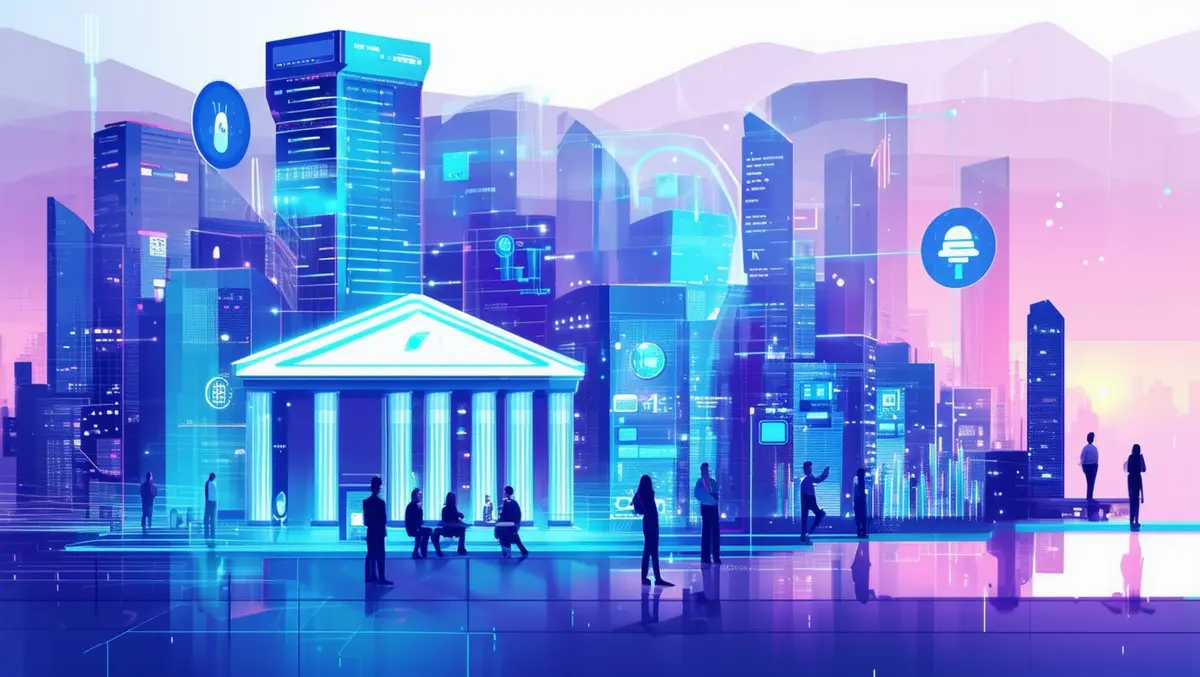
Customer experience: The heart of sustainable growth
When was the last time you told someone about the great service you received from your bank, insurance company or the tax office? Whether it's a car or house purchase, investment fund transfer, or simply renewing a bankcard, financial institutions aren't the best when it comes to NPS scores. Reports suggest Consumers are generally more inclined to share negative experiences than positive ones, with 84% of customers reporting a negative experience compared to 74% who have shared a positive experience.
In a world where online shopping takes three clicks, today's banking customers find the journey cumbersome due to delays, errors, hidden fees, and fund-accessibility issues. Businesses across Australia are risking 7% of their sales due to poor customer experiences – putting almost AUD$87 billion in consumer spending at risk in the country.
And, while big name banks and financial institutions are exploring how they can increase customer satisfaction, reduce operational costs, and drive revenue growth by using artificial intelligent (AI) technologies in future, wouldn't investing in existing intelligent automation (IA) to manage digital tasks make more sense?
Neobanks and digital banks leverage intelligent automation for faster customer journeys. This includes 'know your customer' checks, digital onboarding, and seamless processes, catering to both digital and traditional customers effectively – meaning customers can get what they want quickly and without pain. For younger customers this means digital banking, while traditional customers are provided with better service at a physical location that includes digital offerings.
In banking and finance, most companies think of RPA and IA as an efficiency tool, but significant opportunities often unexpectedly arise when they start to deploy it. Often, it's the customer experience that benefits most, as it's not just about efficiency. Automation software can help re-imagine your offerings with the customer at the center of it. Amidst the AI rush, revisiting foundational basics before proceeding may be prudent, as IA establishes essential groundwork often overlooked.
The banking customer blind spot
From routine tasks like mortgage applications to specialized services, such as closing accounts, infrequent or one-time customer experiences significantly shape long-term loyalty and recommendations.
Let me paint you a picture with a tangible example of why people might take their business elsewhere, to illustrate how today's predominantly young customers are not brand-loyal, and seek the easiest route to fulfil their needs swiftly.
If you join a cloud-based digital bank that has no branches, all transactions will likely be delivered by a 24/7 customer support hotline. Certain banks like this also don't do everyday accounts, only high yield savings CDs and loans which many people are attracted to given preferrable interest rate offers. This all sounds great, but you still run into the infancy of some of these technologies.
To do a mobile cheque deposit, we've had clients say it might take 14 days to clear. That's not good enough. Even two days isn't good enough, given the technology available for these processes. It may also require the customer to write a restrictive endorsement on the back of the check, saying it can only be deposited at the specific bank. Once the endorsement is written, it can't be taken anywhere else other than that bank. If they reject it, they don't have branches, so customers can't walk in and talk to a human being and talk to someone.
Anything that improves time to resolution in a self-service fashion on a digital channel helps, but in reality, it's a dichotomy. How can you have a cashless society until you solve basic issues like that one? It's a pain to transfer out, and you don't really want to, but lethargy is inherently baked into the system, so anything that can speed up the process is going to improve the customer experience.
Dissatisfaction often goes unvoiced, with customers silently departing without notice. Many companies remain unaware until weeks later, indicating a blind spot in recognizing and addressing evolving customer behavior.
With so much money at stake, why are organizations struggling to get it right? This year, customer experience takes center stage, with forward-thinking companies investing in process intelligence, business orchestration and automation. Those lagging lack measurement tools and awareness of their shortcomings. Banks excelling in this realm employ more than 500 digital workers and meticulously measure outcomes, while others trail behind with fewer than ten or none at all.
When cash is no longer king
Research from the Australian Banking Association reveals that cash is no longer king, with an unprecedented number of people using their digital wallets. Digital wallet use accounted for AUD$126 billion in payments in 2023 compared to AUD$105 billion in ATM withdrawals.
Two factors are driving the final push to overthrow cash as the preferred method of financial transactions. On the consumer side, the rise of tap-card technology and smartphone payment apps indicates increasing comfort with cashless payments. People no longer feel the need to carry cash and are accustomed to using PIN, sign, or "tap and go" card services, as well as Apple Pay and Android Pay, for purchases ranging from groceries to affogatos. Recent research by Roy Morgan shows that 71.7 percent of Australians used some form of digital payment solution, such as PayPal or BPay, over the past year.
Final thoughts
When it comes to customer experience, efficiency is key to retaining loyalty. Companies excelling in speedy, accurate interactions keep their customers. Automation tools simplify transactions, ensuring customer satisfaction and loyalty. In today's informed market, banks must capitalize on engagements or risk reputational damage.

